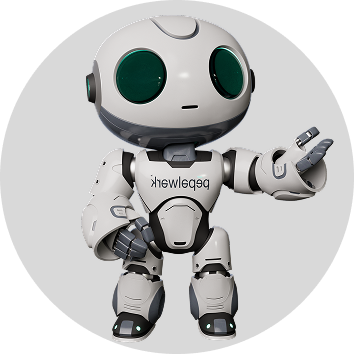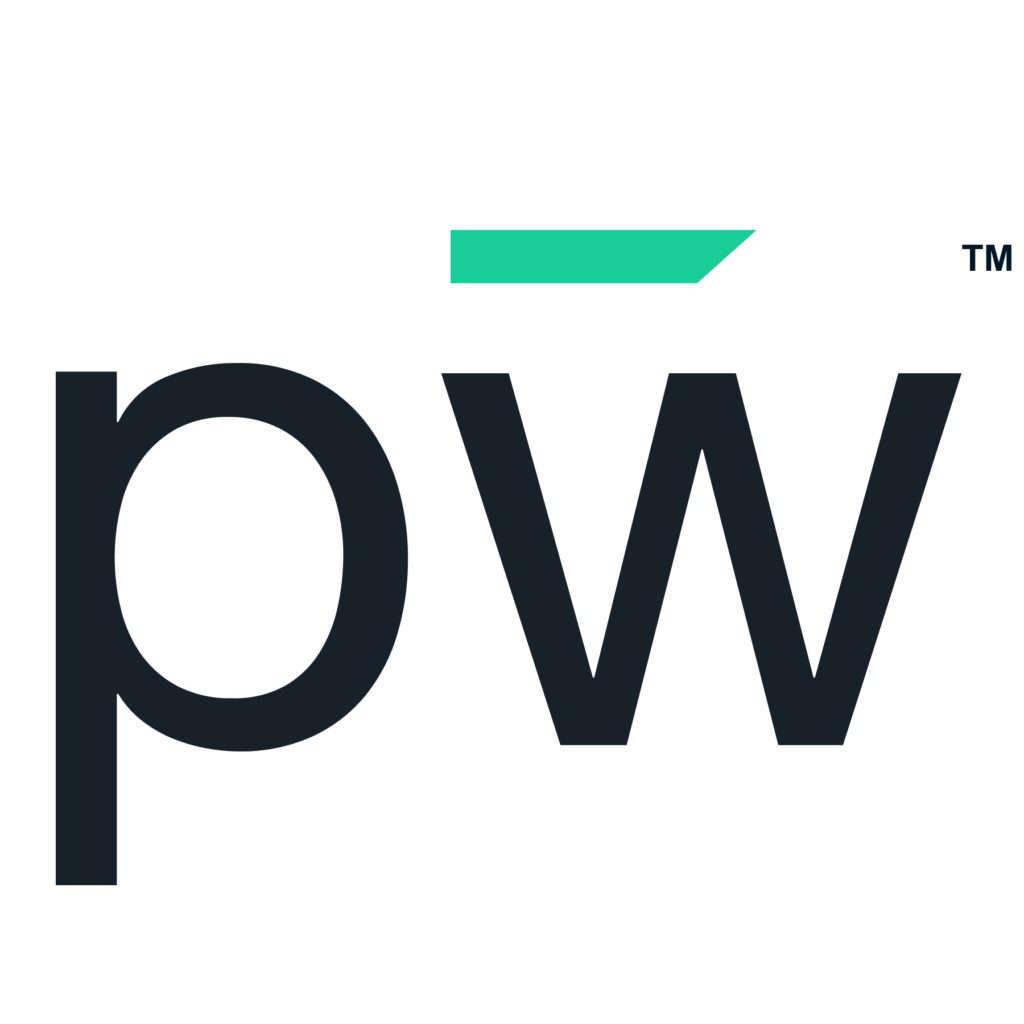The future of work is a hot topic of conversation for employers and career services professionals. So much has changed in the last few years that has disrupted the traditional view of recruitment. This dynamic landscape presents challenges, and you’ll be able to navigate these by prioritizing them now.
What Future of Work Challenges Are Keeping You Up at Night?
If you’re wearing the hiring hat, you worry about building a workforce for today and tomorrow. The landscape remains primarily candidate-driven, and more than 90% of employers admit they struggle to fill jobs due to a skills gap, according to one report. In 2023, 2.7 million new positions were created, and unemployment mainly stayed under 4%. There are many qualified candidates, but finding those who are a great fit can be cumbersome and expensive — especially if you rely on traditional approaches.
For career services, the focus is on placement and ensuring people are career-ready, which has changed to align more with skills-based hiring. The gaps between what students know and what employers need have widened, placing heavy burdens on you.
In such a complex environment, the future of work presents four challenges to solve now.
Challenge No. 1: Cultivating and Inspiring Company Culture
The culture that a business projects it has and that it fosters matters more than ever. As companies decentralize through remote and hybrid work models, culture is more than what happens within a building’s four walls. Company culture is also not a marketing ploy or hot air — if it is, it’s broken.
How employees think about culture has changed, with 60% of hybrid employees saying their manager is one of their two main influences on their connection to the culture. If these relationships aren’t strong from the start, people may not feel part of something, leading to dissatisfaction and turnover.
If you want a sustainable culture that delivers what workers want in alignment with company values, it starts with the hiring process. Culture red flags can impact who’s interested in your company as more people appreciate transparency and inclusiveness.
In the near and long term, build a company culture that reflects your values and defines your “why.” It should start with the candidate experience through to onboarding and continue with professional development opportunities.
Challenge No. 2: Establishing and Maintaining Trust
Trust is pivotal in workforce relationships. If it’s absent, churn will be high. Is trust something that’s even possible at scale? Each employee has a unique experience that depends on their boss and teammates. It goes back to having a strong foundation for your culture. If you make it a priority, it can blossom.
How can you build trust from the start? One way is to be transparent in the recruitment process. It’s hard for a candidate to start the trust process if your hiring process is archaic and not transparent. Instead, you should consider skills matching and performance-based hiring versus application mills. With this model, you create a company and job profile with all the details. Then, vetted potential employees match with you. There are no unknowns about the next steps, and communication is consistent.
After hiring, you can continue cultivating trust by providing upskilling and development opportunities. Companies realize the value of these opportunities, with employers in one survey expecting to offer them to 70% of their employees by 2025.
Challenge No. 3: Managing and Engaging a Remote Workforce
Currently, about 80% of the remote-capable workforce said they expect to work remotely or in a hybrid model. Workers want flexibility, and remote work has expanded the available talent pool for those hiring by lifting geographic barriers. Remote work is a reality for the present and future of work, and it has moved management and engagement of employees from a physical into a virtual setting.
New generations entering the workforce are digital natives, and many earned degrees in virtual settings. Working remotely may be the norm for them, but they still need guidance from career services on how to communicate and engage in the working world. Additionally, post-pandemic new hires often lack career readiness skills. They adapted to the circumstances, but there are still gaps. It’s important for career services to fill these gaps.
Managers also have to adjust, using diverse strategies to create a connection that echoes culture and trust. Again, it begins with how you hire and address the expectations and goals you have for your remote workforce.
Challenge No. 4: The Coexistence of Humans and AI Technology
AI plays a huge role in the future of work. Time-saving automation and deep data analysis are already changing how people work. It’s also a threat to some jobs but will create others. The World Economic Forum projected that by 2025, AI will disrupt 85 million jobs but create 97 million.
In most instances, AI and humans will work together. AI will augment workers, helping them be more efficient and data-driven. It also can be a career guide. Talent can leverage AI to build their career.
As you plan for your future workforce, you’ll have to consider AI. What skills do workers need to work with it? Job scoping will be critical to this, and it’s something that educational stakeholders and companies should collaborate on to ensure the next generation is ready for AI’s impact on the future of work.
Solve the Future of Work Challenges With pepelwerk
Pepelwerk has all these trends on our radar. Our technology solutions prepare everyone for the future of work with a platform that matches candidates and employers based on attributes, abilities and attitudes. We’re revolutionizing and modernizing the hiring process to ensure all parties can thrive in the future of work. Learn more about how we’re changing the game by checking out our events.










